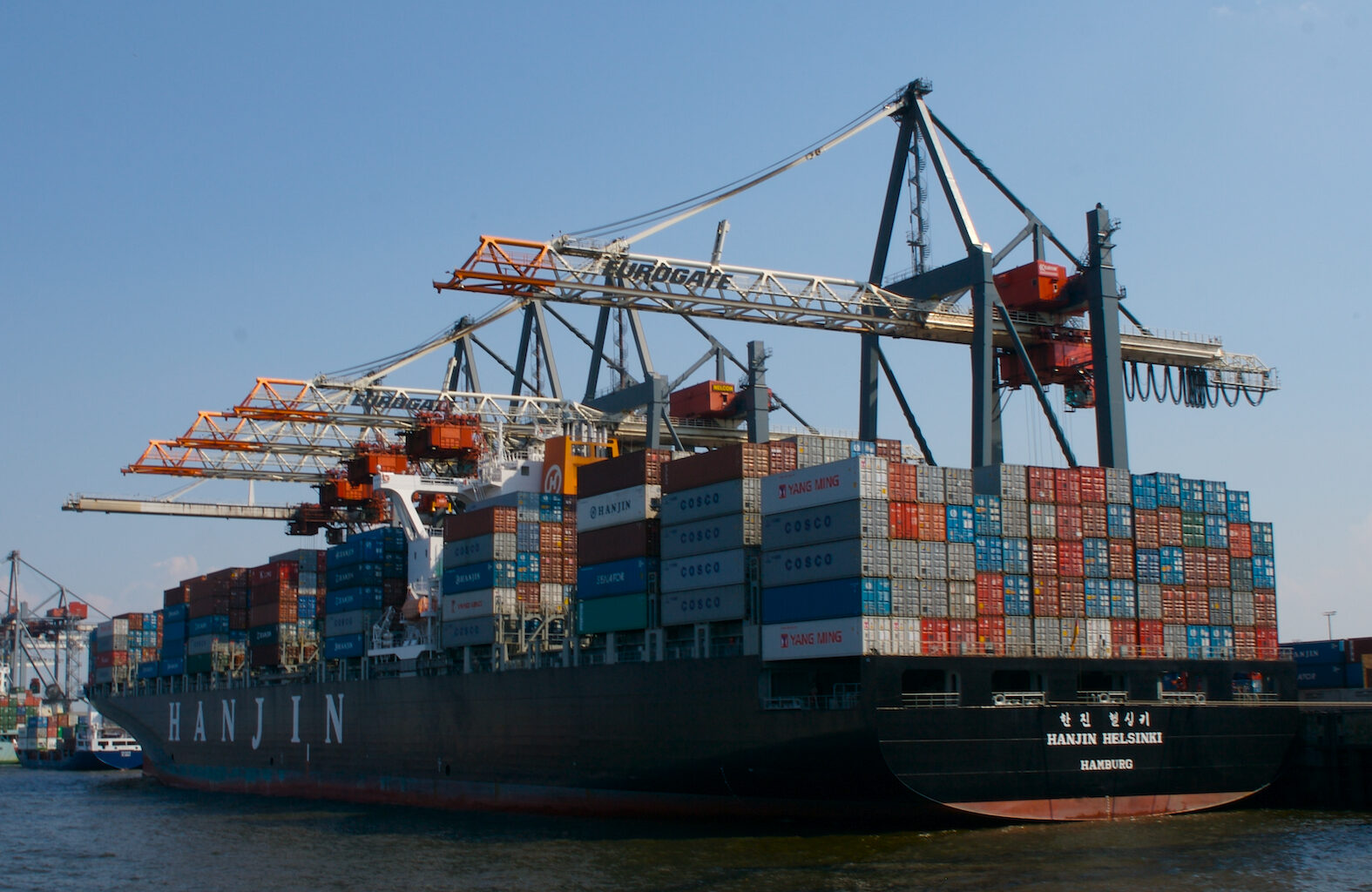The container shipping sector has experienced a boom over the last two years, driven by rising demand for masks and other personal protective equipment as well as consumer expenditure during the COVID-19 pandemic. However, the industry is anticipated to be declining from its highs as the pandemic’s impact appears to be wearing off.
Even the normally busy August to October period, during which merchants transfer items in preparation for the year-end shopping season, looks to have decreased.
According to DHL CEO John Pearson, the sector anticipates a more mild peak season, depending in part on how China’s zero-COVID strategy pans out and how the energy crisis develops.
Singapore’s Logistics and Supply Chain Management Society’s president, Raymon Krishnan, reported that Trans-Pacific eastbound rates have fallen below US$5000 per container. A container cost between $15000 and $20000 last year.
The spot tariff for the benchmark route between Asia and the US, according to the Drewry consultancy, dropped to a little under $5000 per 40-foot container, the first time the index has fallen below that mark since December 2020.
This week’s 10% decline in the Drewry WCI composite index was the 31st straight weekly decline, and when compared to the same week last year, the index has fallen by 61%.
Although it is currently 61% lower than the top of $10377 attained in September 2021, the most recent Drewry WCI composite index of $4014 per 40-foot container is still 8% higher than the 5-year average of $3714.
The cost of shipping is a major factor in inflation worldwide. Although the pass-through to inflation from such rates is less than those linked with food or fuel expenses, prices for goods increase when freight rates rise.
The cost of living is rising globally, according to George Griffiths, managing editor of Global Container Freight at S&P Global Commodity Insights.
He also added that the market has legitimate reasons to be concerned about inflation. But because of the free market, the owners and captains of the ships are entirely free to set their prices.
However, for the time being, lower shipping demand and pricing should result in cheaper expenses and fewer supply chain bottlenecks.
While the Logistics and Supply Chain Management Society anticipates major downward pricing to start earlier in the first quarter of 2023, Maersk expects that a “gradual normalisation” of freight prices will likely commence in the last quarter of next year.
The container shipping sector is preparing for an oncoming downturn, but it is optimistic that the robust profits from the last two years would help lessen the blow.
According to Krishnan, third-party logistics providers and shippers see sustainability as the “next big thing” as the sector searches for something to replace the COVID-19 boom.













